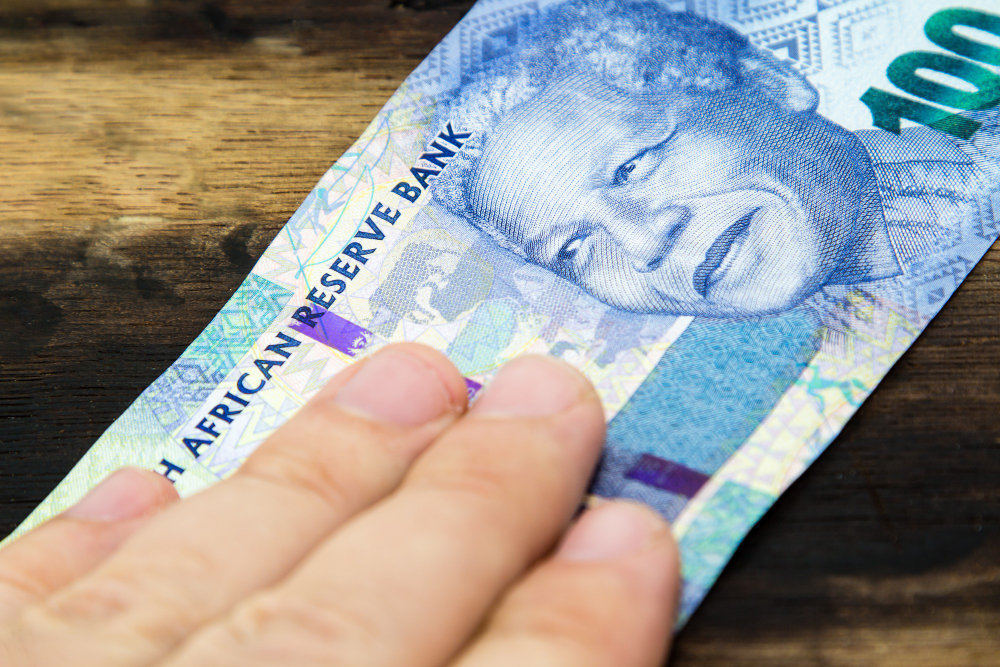Revolving Credit: What You Need to Avoid
Revolving credit is, at the same time, a powerful financial tool and a dangerous trap.

Understanding how revolving credit works—and its risks—iss essential to protecting your financial health.
What is revolving credit?
Revolving credit is a type of loan in which the consumer has access to a pre-approved limit and can use it as needed.
Its main feature is flexibility: the customer can pay only part of the amount due and “revolve” the remaining balance to the next month—compound—in other words, postpone full payment.
This feature is tempting, especially in times of inflation and unemployment, as it offers a sense of temporary relief.
But this convenience comes at a high price—not—compound interest.
High interest rates and the invisible growth of debt
In South Africa, revolving credit interest rates are among the highest in the world.
The South African Reserve Bank (SARB) sets a maximum cap, but even within that limit, monthly rates can exceed 20% per year on many credit cards.
The problem is that when paying only the minimum amount, most of the payment covers interest—it—not the principal.
The total amount paid in interest could more than double the original debt.
Many experts call this “invisible debt”—it grows silently, eroding purchasing power and compromising future budgets.
The impact of inflation and the cost of living
With South African inflation hovering around 5% to 6% in recent years, the price of essential items—suc as food, transport, and energy—has risen steadily.
This pushes many families toward revolving credit as a way to “breathe.” However, using credit to cover basic expenses is a red flag.
By doing so, the consumer is financing the cost of living with high-interest debt, creating an unsustainable cycle: every month starts with a larger negative balance and less financial flexibility.
The psychological traps of easy credit
Beyond the numbers, there’s a psychological factor. Revolving credit is designed to look simple and convenient.
Low minimum payments, friendly “available limit” notifications, and loyalty point rewards encourage ongoing use.
The problem is that convenience hides the true cost, creating a kind of silent financial dependence on credit to balance the monthly budget.
According to local studies, about 60% of young South African adults have some type of credit card debt—and nearly half of them pay only the minimum due each month.
The domino effect: credit score and future access
One of the least discussed impacts of revolving debt is its effect on the credit score.
When the balance used approaches the total card limit, the score drops — even if payments are made on time.
This can make it harder to qualify for cheaper loans, such as mortgages or student loans.
Revolving credit doesn’t just strain the present—it—even can also limit future opportunities.
A consumer who constantly maxes out their credit card is viewed by banks as high-risk.
Healthier alternatives
- Prioritize paying the full statement balance whenever possible to avoid interest charges.
- Negotiate lower rates with the bank or transfer the balance to cards offering temporary low-interest promotions.
- Build an emergency fund covering 2–3 months of essential expenses to avoid relying on credit during unexpected events.
- Use debit cards or budgeting apps to limit impulsive spending.
Financial education: the antidote to debt
The lack of financial education is one of the main factors fueling revolving debt in South Africa.
Many consumers don’t understand how interest is applied or the long-term impact of minimum payments.
Institutions like the National Credit Regulator (NCR) and nonprofit organizations have been expanding awareness programs, but there’s still a long way to go.
Education should start early—in schools, universities, and workplaces—so that future generations can make more informed financial decisions.
Planning and mindset shift
The biggest challenge is changing the perception that credit is an “extension of income.”
It should be viewed as a temporary tool, not a permanent part of the household budget.
Creating a realistic financial plan, with clear goals and monthly tracking, is the first step to breaking the cycle.
The key lies in spending consciously and setting aside part of one’s income to pay down existing debt before taking on new obligations.




